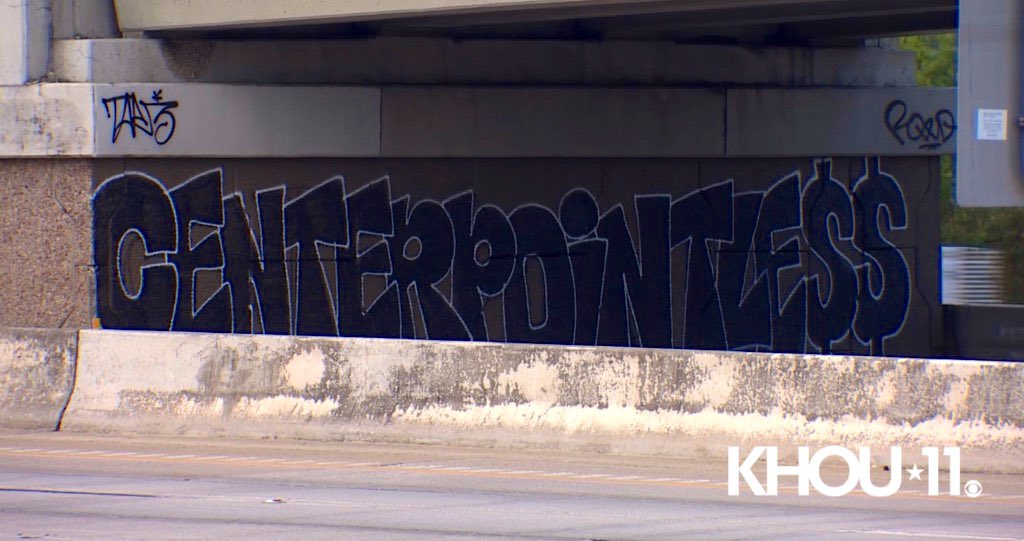They mostly focused on tree maintenance, which seems reasonable enough.
House lawmakers on Wednesday questioned CenterPoint Energy’s tree maintenance ahead of Hurricane Beryl, in which tens of thousands of trees knocked out power lines, shutting off electricity to 2.3 million Houston area customers.
CenterPoint CEO Jason Wells told a roomful of House members meeting for the first time on the storm’s aftermath that nearly two-thirds of the outages were caused by trees and bushes outside of the utility’s right of way, meaning the company was at the whim of private landowners to control their growth.
But Wells did not explain what lengths the company had gone to ahead of the storm to identify problematic vegetation on private land, or to get permission from landowners to trim it. A Chronicle investigation found that even as CenterPoint has spent more money on vegetation maintenance over the past decade, the total miles of land it kept clear near distribution lines has dropped 20%, from 5,800 miles to 4,600 miles.
CenterPoint has not responded to questions from the paper about the decrease, and it did not immediately answer questions Wednesday about its attempts to manage the trees and bushes it says were beyond its authority.
“Your actions speak to your priorities, that vegetation management has not been a priority. Why?” asked Rep. Ana Hernandez, a Houston Democrat and vice chair of the House’s State Affairs committee. “Is it perhaps because you don’t get the rate of return on that expense?”
Wells said that 60% of the trees and branches that were cleared after the storm came from outside the utility’s right of way. To clear or trim vegetation outside of a utility’s easement — roughly a “football goalpost” area around a powerline in which utilities can manage vegetation, said Wells — a company like CenterPoint has to get permission from property owners.
Wells said CenterPoint had increased funding to remove the most hazardous trees. “The most effective way for us to do that is to be able to attack those trees that are outside of our right of way that have the highest risk of failure,” he said. “We will endeavor to do everything possible to work with those property owners to target those trees. But again, it requires their consent. We don’t have the legal right to do that.”
[…]
Rep. David Spiller, a Jacksboro Republican, pressed Wells on his assertion that the company is not responsible for trees and other natural hazards outside of the company’s easement. He noted that even if that was true, a huge proportion of the outages were still caused by trees and bushes within its purview.
“Almost half the damage was due to trees that you clearly had a legal duty and obligation to maintain and trim and keep that area clear,” he said.
Spiller also said CenterPoint’s easement agreements appeared to show that it has “the absolute right” to trim trees on adjacent properties if they interfere with a power line. He cited a 1999 Texas Supreme Court case that appeared to back that up.
“It was my testimony, my understanding, that we don’t have the ability without property owner consent to address” that vegetation,” Wells said later, in response to questions from Rep. Richard Raymond, a Laredo Democrat.
“Then we got to change the law,” Raymond replied.
See here for the Senate’s yelling at CenterPoint. Gotta say, I think all three House members quoted here did a good job with their questions. I want to be a little hesitant to give utilities more power to trim trees wherever they think they need to – they are not always known for doing so in a way that is good for the tree’s long-term health. Proceed with some caution, that’s all I’m saying.


To maximize mitigation where CenterPoint has direct authority, any tree whose trunk is within a CenterPoint residential easement should simply be removed. That seems unlikely to be proposed, for obvious reasons. Perhaps a “buyout” program could be devised to incentivize property owners to part with their hazard trees, if that would achieve a substantive reduction in the repetitive pruning burden of CenterPoint. If Jason Wells is correct that nearly 2/3 of Beryl’s damage resulted from trees outside of easements, anyone expecting a neat and tidy solution to this situation is in for major disappointment.
Typically a utility ‘easement in gross’ running through your property comes with not only the easement holder’s ability to remove any trees or structures at ground level within said easment, but with an authority to remove tree branches that infringe into the easment higher up even though the ‘trunk’ of the tree does not – that’s presumably how/why Centerpoint is capable of runing a crew down and through an easment, cutting away infringing branches that lie within five feet of either side of the 10′ easement’s centerline. Five feet ain’t much, but something is better than nothing, and nothing (for the most part) is what has been done by CPoint over the last decade+.
Back when HL&P did tree trimming on a 3 to 5 year schedule, I had a green ash in back, the base of which was just on my side of the easement, and which frequently dropped limbs. HL&P also had a program where you could call a number on the door hanger and an arborist would come out and discuss how to prune if you had particular concerns about a tree. The upshot is, we cut a deal where they took out the ash and replaced it with a sturdier tree, located where it never interfered with anything.